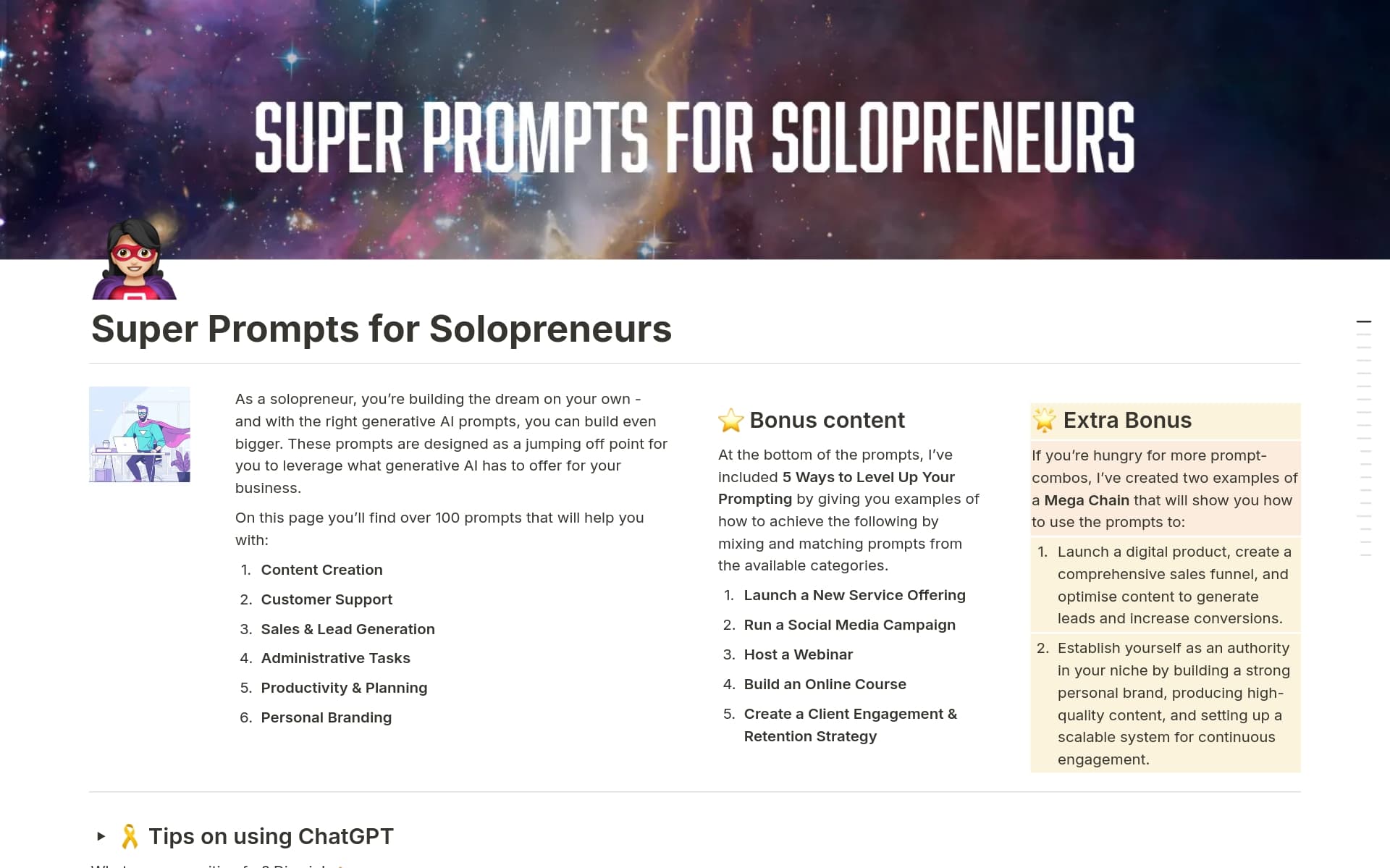For Marketing Managers, a well-structured Product Launch Plan is indispensable for navigating the complexities of bringing a new product to market. It serves as a roadmap, highlighting key milestones, goals, and strategies, thus ensuring that all departments are aligned and prepared for the launch. Employing a Product Launch Plan template within Notion can streamline this process, enabling teams to collaborate efficiently and manage tasks with greater visibility. Before you embark on creating your own Product Launch Plan template, consider exploring the examples provided below to simplify and enhance the planning process.
What Should Product Launch Plan Templates Include?
Choosing the right Product Launch Plan Template can streamline your marketing strategy and ensure a cohesive rollout. Here are key components to look for in an effective template:
Market Analysis Section - This part should provide tools for detailing competitive landscape and target audience, crucial for tailoring your launch.
Marketing Strategy Outline - Essential for planning the promotional activities, channels, and messaging to reach your audience effectively.
Timeline and Milestones - A clear timeline with milestones helps track progress and ensures that key launch phases are completed on time.
Budget and Resource Allocation - It should include a detailed budget framework to manage costs and allocate resources efficiently throughout the launch process.
Selecting a template with these components will help you manage your product launch with precision and adapt quickly to any market changes.
What Should Product Launch Plan Templates Avoid?
Choosing the right product launch plan template is crucial for ensuring a smooth rollout. However, some features can complicate or derail your planning process. Here are three key components to steer clear of:
Overly Complex Structures: Avoid templates that feature intricate frameworks which can be confusing and time-consuming. Simplicity leads to clearer goals and easier tracking.
Undefined Target Audiences: Templates that do not specify target demographics can lead to unfocused marketing efforts. Ensure the template allows for clear definition of audience segments.
Fixed Timeframes: Steer clear of templates with rigid timelines. Flexibility in scheduling is essential to accommodate unforeseen changes and opportunities.
Remember, the best templates are those that offer clarity and flexibility, helping you to focus on executing a successful launch rather than getting bogged down by unnecessary details.



